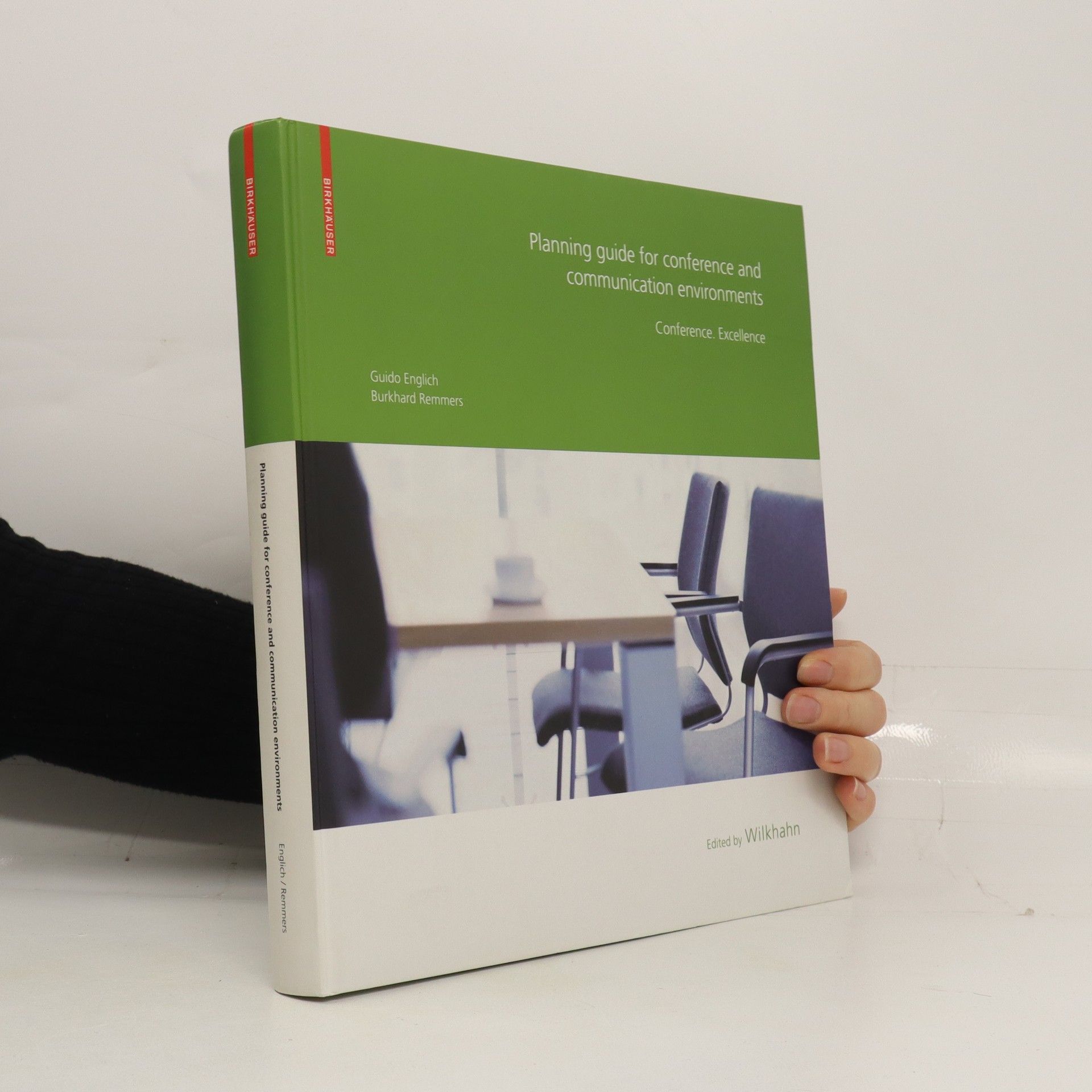Planning guide for conference and communication environments
- 304 stránek
- 11 hodin čtení
Englich and Remmers provide a comprehensive, analytical, and programmatic introduction to face-to-face communication in the work world. Against the backdrop of globalization, with its dynamic transformations of office environments and worldwide digital networks, they analyze the strategic significance of the various communication processes for organizational and corporate development. They show how the motives and aims of communication, the organizational forms and procedures appropriate in a given case, the size and arrangement of spaces, the required capabilities of furniture and furnishings, and modern communications and media technology all condition and influence one another. Their integrated and user-oriented approach to analysis and planning enables architects, interior designers, and facility managers to foster communication processes, structure them sensibly, and avoid unnecessary friction and needless follow-up costs, all through proper planning.
